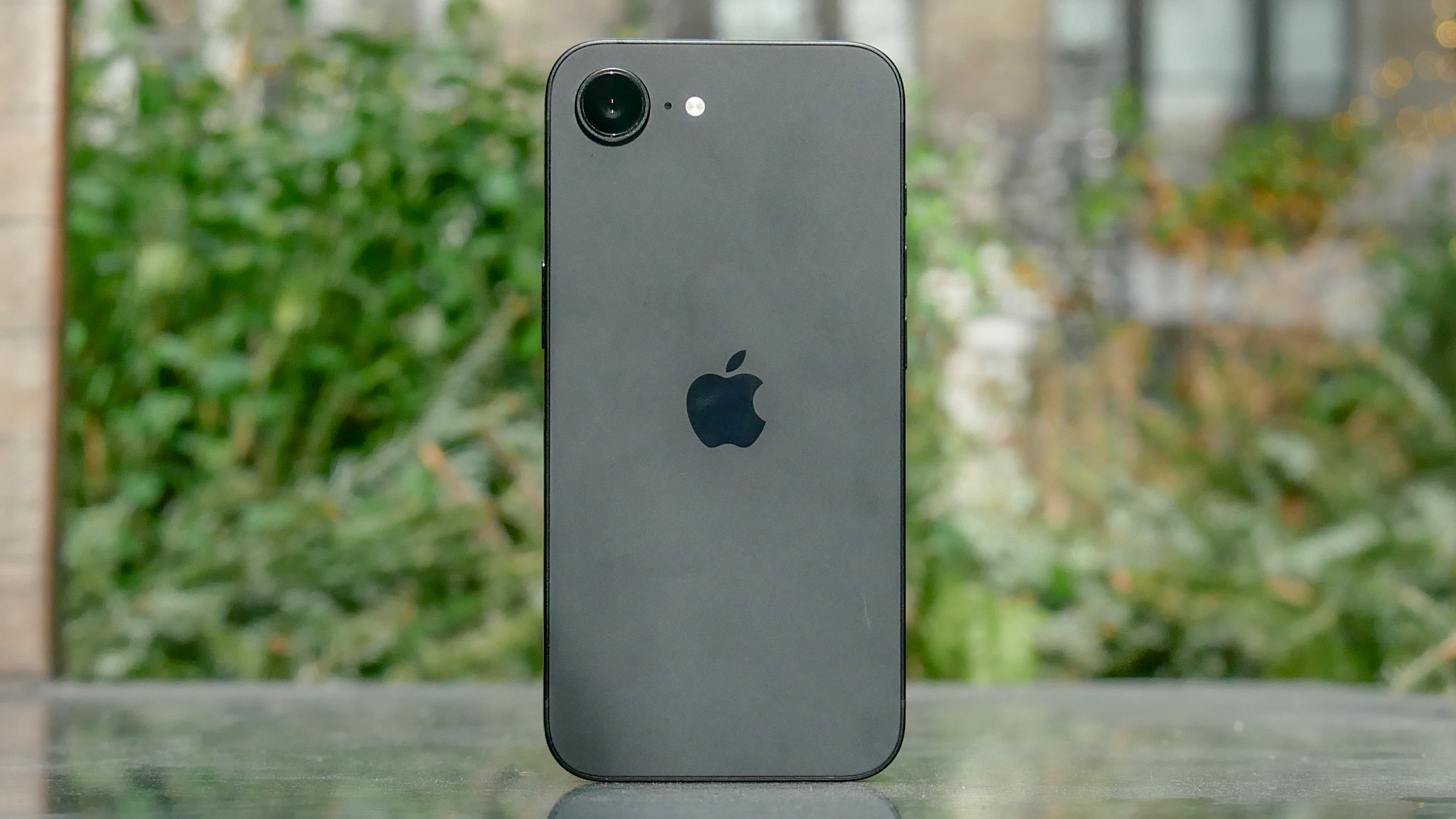Tom's Guide Verdict
Great sound, sporty aesthetics, and biomechanical data-tracking make the Soul Run Free Pro Bio a suitable contender.
Pros
- +
Polished sound signature
- +
Intuitive motion tracking
- +
Comfy and sporty design
- +
Strong battery life
- +
Stellar call quality
Cons
- -
App is buggy
- -
Controls are finicky
- -
Real-time voice coaching is annoying
Why you can trust Tom's Guide
I like to think of myself as a good runner. Not marathon athlete level, but skillful enough to enjoy sprints around my neighborhood without hurting myself. Well, it turns out I’ve been risking injury this entire time because my form apparently requires a bit of work – at least that’s what the Soul Run Free Pro Bio tells me.
Soul’s latest wireless sports earphones bring a new experience to the table by pairing AI fitness features with quality comfort and sound. They’re powered by the Beflex Biomech Engine, which measures your running movement and provides real-time coaching via mobile app to achieve better results. The data might be overwhelming to look over, and less accurate than what your Fitbit records, but the Run Free Pro Bio still has more strengths than weakness and is worth your $150.
Design
Most sports earphones – wired and wireless – favor function over fashion, and the Run Free Pro Bio doesn’t deviate from the norm. Soul designed these earbuds with durability in mind, employing robust and versatile materials to enhance practical use be it for the gym or the outdoors.
The earphones feature strong plastic encasing that comes IPX5-certified with nano-coating technology for water-resistant protection. Keyword: resistant. They can sustain sweat and splashes of water, but aren’t fully waterproof. Yet without the ability to survive submersion, they’re still ideal for working out in wet conditions and giving them a rinse afterward.

The Run Free Pro Bio aren’t exactly discreet, but they don’t stick out as wide as most truly wireless earphones. Soul built the casing on each earbud bigger than other models to house the AI circuitry. The flattened cable carrying the battery compartment and control module is reflective, which along with the battery’s LED light, increases visibility when running in dark settings. The metallic color options available – red or grey – should draw attention to your ears as well.
MORE: Best Sport Headphones - Water and Sweat Resistant Earbuds
Inside the box is a compact carrying case to store all extra accessories including the micro-USB cable and eight pairs of ear tips (16 pieces).
Comfort and Fit
Weighing in at 0.7 ounces, the Run Free Pro Bio is heavier than the Jaybird X4 (0.5 ounces), but I found them to be as just comfy and lightweight as their slender rival.
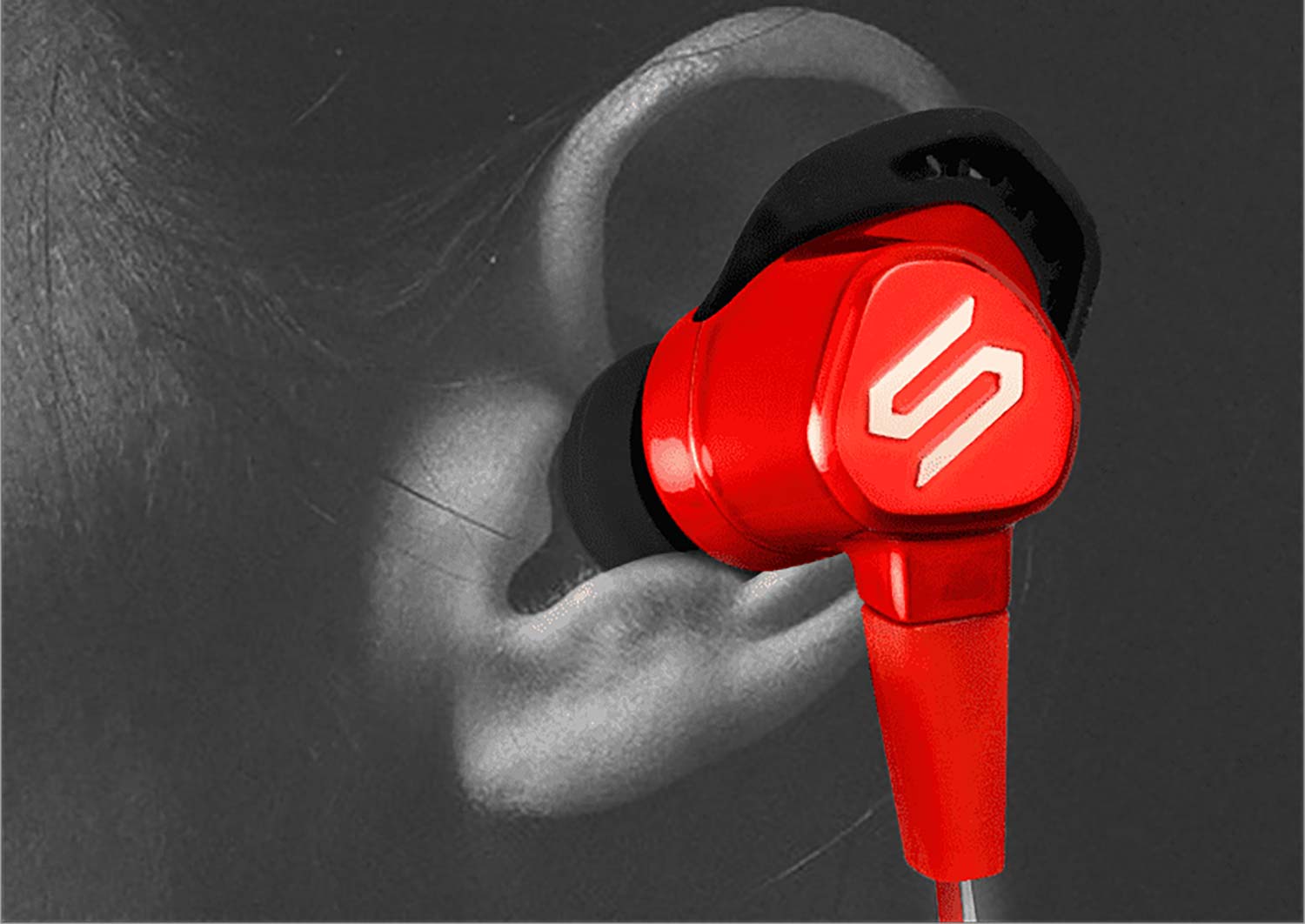
The interchangeable ear locks helped establish a secure fit and formed a tight seal to avoid slippage. The memory foam tips worked best, perfectly molding to my ears and managing sweat absorption better than the pre-installed ones. The rubberized material on the front cavity added extra comfort and rested gently on the concha without applying unwanted pressure. I wore these 2-5 hours daily and wasn’t fatigued.
Usually, running with behind-the-neck earphones can be frustrating because the the cord-cinch system isn’t built well. That’s not the case here. Fastened properly to prevent flailing, tThe cable didn’t interfere with my activities, even when I was on the treadmill. The battery and control modules are perfectly spaced out, saving my neck from unwanted contact when moving around at fast speeds.
Controls and Setup
Not only is the control module inconvenient to access on the Run Free Pro Bio, but the buttons lack a premium feel and tactility. It’s the main flaw with behind-the-neck headphones is that the controls are always further out of reach.
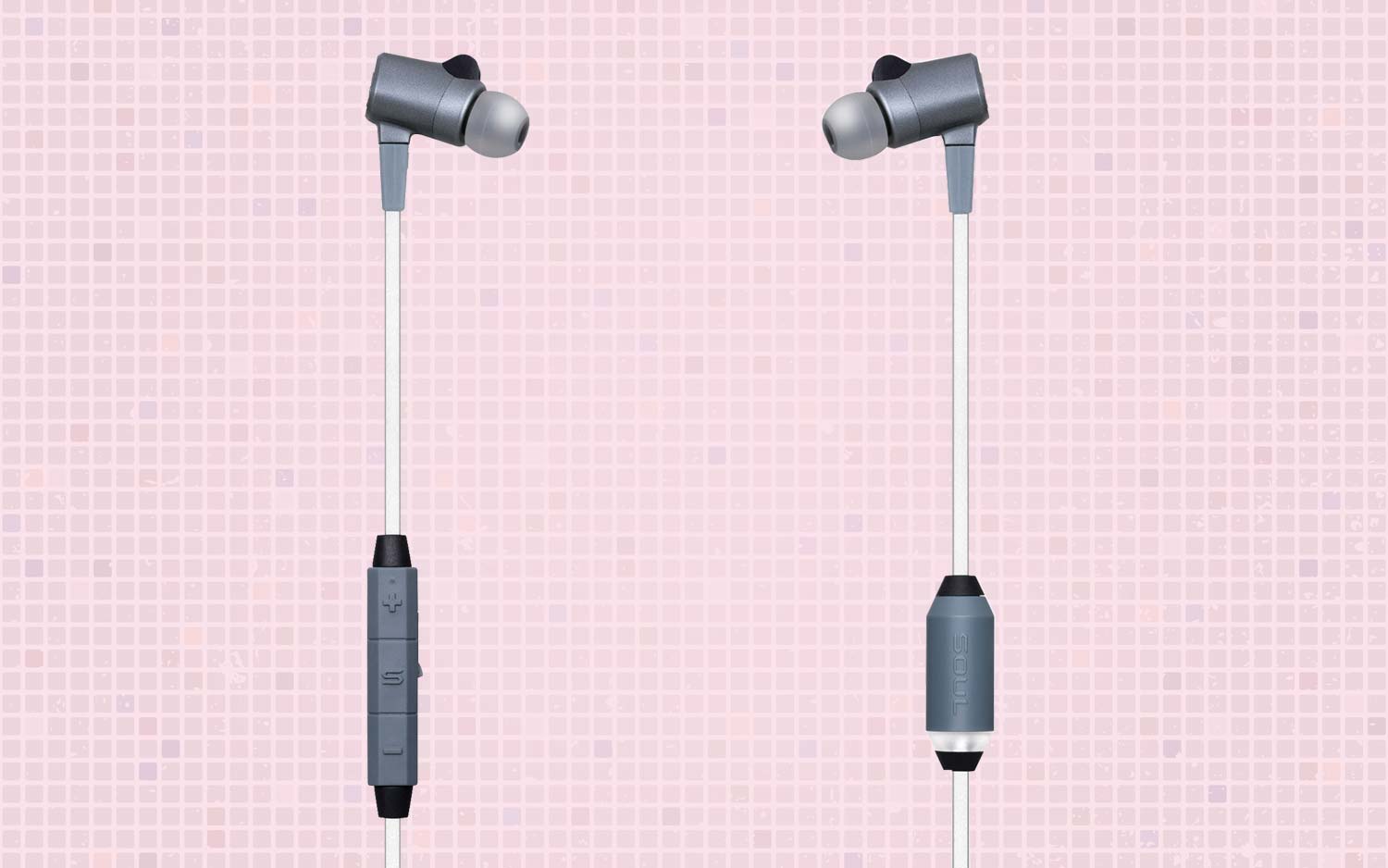
The module is comprised of three buttons and a rubber flap on the side that protects the charging port. The volume toggles (+ and -) are programmed to raise/lower the volume or forward/play a previous track. The centralized multipurpose button controls playback (play/pause), call management, pairing and powering the device. Learning the controls isn’t the issue – it’s determining which is which and getting them to work.
All the buttons are flat and have small engravings that make them hard to identify. Oftentimes, I pressed one of the volume rockers thinking I was going to answer a call or pause music. Getting the buttons to function accordingly was a difficult task too, since it required pressing them multiple times.
MORE: 12 Cheap Running Headphones (Under $50), Ranked Best to Worst
Pairing the earphones was no different than any other wireless model. Hold down the middle button to activate pairing mode. Turn on Bluetooth mode on your computer or mobile device, find the Pair New Device option, and select SOUL RFP BIO.
Soul Fit App
Soul’s companion app was developed specifically to provide users in-depth analysis on how they can correct their running form, and to power on/off the LED light on the battery module.
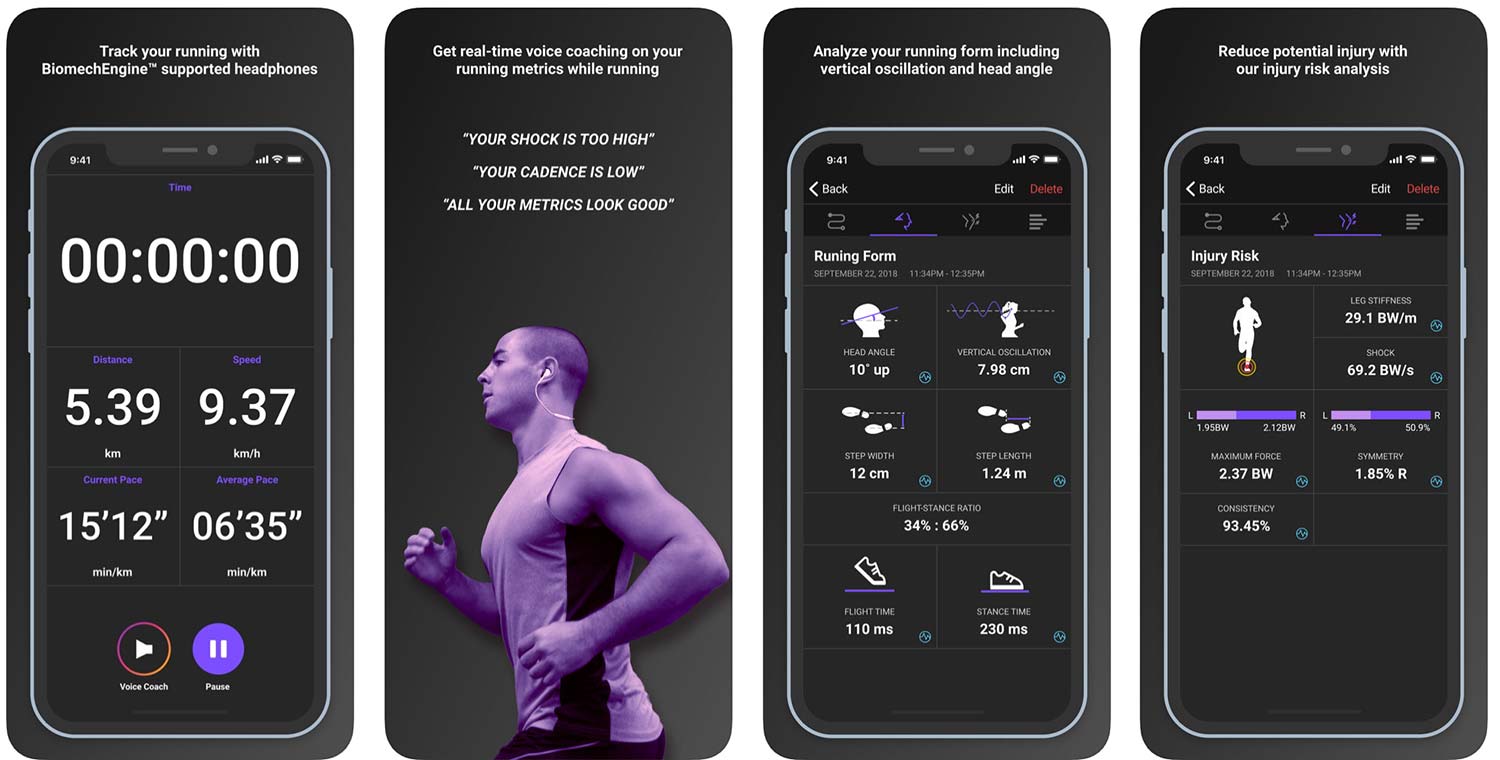
The app works jointly with the Beflex Biomech Engine to measure parameters such as cadence, head angle, step width, shock, symmetry, and vertical oscillation, along with basic activity tracking (calories burned, distance, speed). Based on your results, the earphones can dish out real-time voice coaching to inform you on what improvements should be made. Overall, the technology is effective and insightful, serving as a unique solution to reduce running injuries. My trial run offered useful feedback, suggesting I decrease shock absorption on my left foot and focus on step width for better balance.
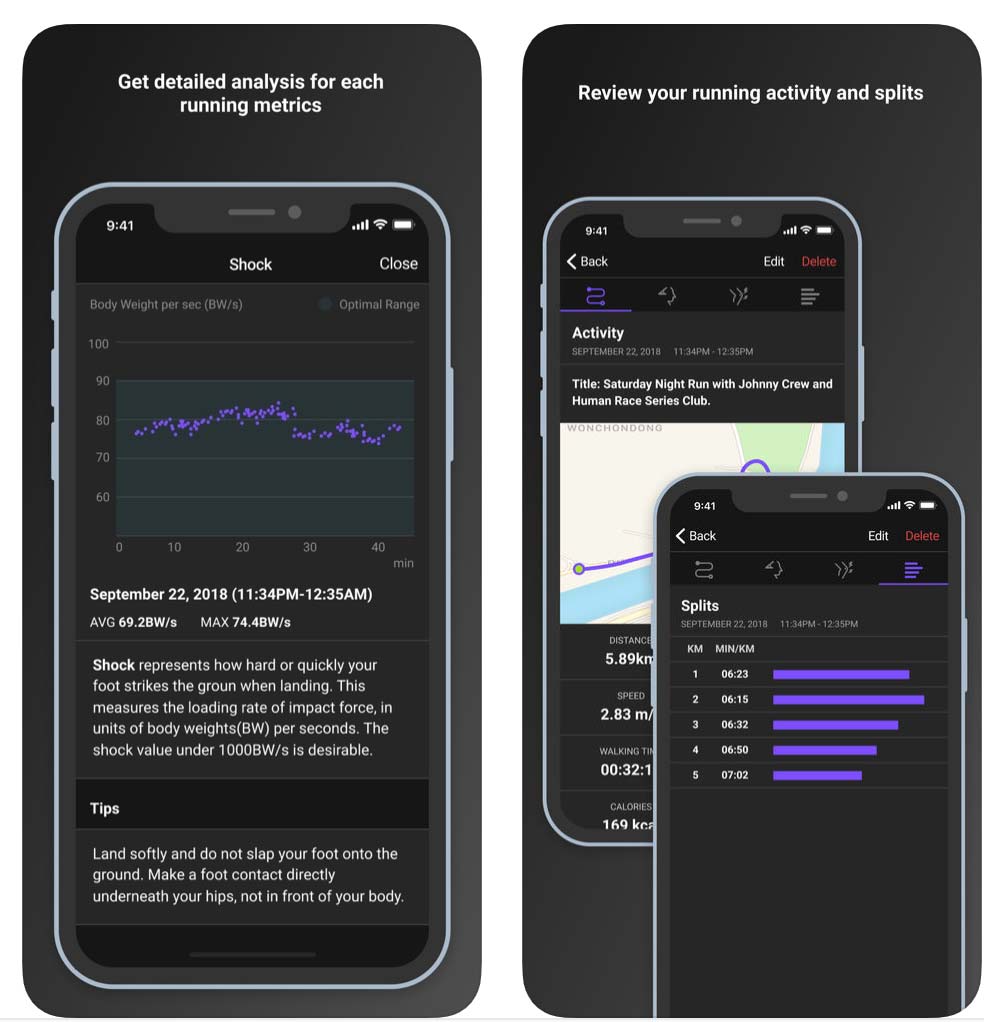
It’s a cool feature that avid runners can benefit from when the app functions properly. But for some reason, my earphones would only connect to Bluetooth and not the GPS when at the gym. This made the app useless when exercising indoors. Whether this was caused by interference from other smartphones in the vicinity remains a mystery, but the app worked fine when running outdoor in the streets. Also, the app would crash occasionally during runs, losing my data in the process. I hope a software update fixes these bugs.
The voice coaching was, Despite being both helpful and a hindrance, voice coaching was another annoyance. Having the earphones yell feedback at you every 10-15 seconds becomes irritating – to the point where you’ll just turn off the option and wait to read the results when finished.
Audio Performance
I’ve always been torn about Soul’s sound signature. The older Run Free Pro disappointed with weak bass performance, but my test run with the X-Shock showcased a “fairly wide soundstage.” I found the Run Free Pro Bio steered towards the latter direction.
Soul doesn’t hold back on the bass this time around. I cranked up Eminem’s fiery diss track, “Killshot,” and relished in its the boomy presence from the start. Even with an emphasis on lows, Em’s vocals sounded clear and effective, fueling me with his complex cadences and hard-hitting delivery. Switching to something more upbeat, I tuned up the classic theme from the Mortal Kombat film soundtrack, “Techno Syndrome,” and was satisfied by the production value. Everything from the adrenaline-kicking synths to the signature voiceovers hit their mark.
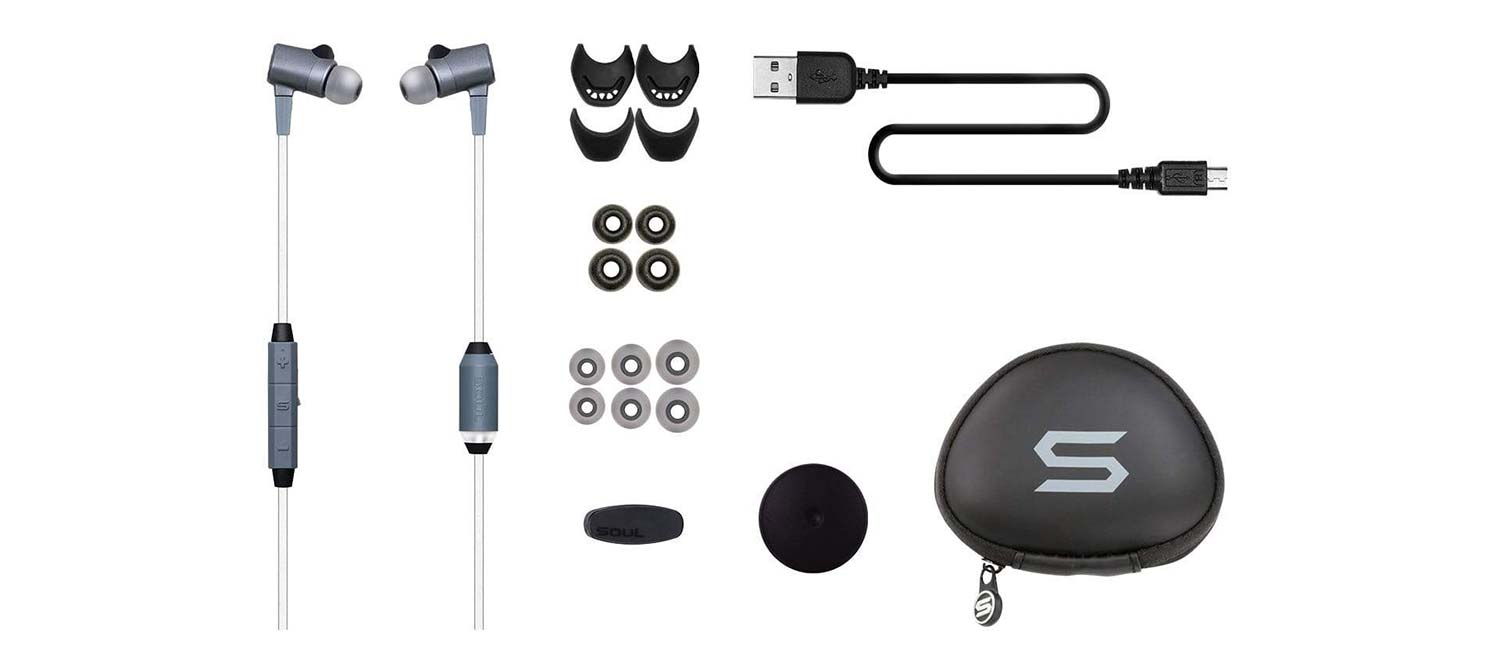
Lows always take precedence when discussing sports headphones, but I would be remiss if I didn’t touch on how good the mids sound here. Mary J. Blige’s vocal range on “I Love You” shines wonderfully over the melodic piano instrumental. The guitar strums and mellotron flutes on Pink Floyd’s “Stairway to Heaven” are also impressive. Jimmy Page’s guitar solo sounds wonderful on these earphones, though I still favor the X4 for music listening.
Tacks with super-heavy bass is where the Run Free Pro Bio struggles with clarity. The low frequencies on Muse’s “Thought Contagion” were overpowering and made the reedy chorus inaudible. Imagine Dragon’s “Demons” left a similar impression. This is where having EQ customization helps most, which is absent in the Soul Fit app, but available to X4 owners on the Jaybird MySound app.
MORE: Soul Electronics Flex Review: Waterproof Sport Earbuds
The audio experience transfers well across all devices. Much of same sonic attributes heard on my MacBook Pro were present on my Google Pixel 2 XL. Volume was a bit higher when streaming music on mobile, and it got excessively loud at times, so I’d advise keeping it somewhere in the middle to save your eardrums from any damage.
Call Quality
Compared to the X-Shock earbuds, the call quality on the Run Free Pro Bio is an immense upgrade. It’s fantastic. My girlfriend was surprised by how clear my voice was and thought I was speaking directly into the phone rather than a headset. I could hear her loud and clear with no interference. The inline mic dealt with ambient noise better than expected, as she didn’t notice the centralized AC in the background like with other headphones.
Battery Life and Bluetooth
Soul promises up to 11 hours of battery life depending on media playback and volume levels. That’s close to accurate. Wearing the earphones for a week, I got 4 workout sessions in and still had enough juice to travel into the city with them before recharging. That came up to an estimated 9.5-10 hours of usage. I also recommend turning off the LED light to preserve energy.
If only I could sing the same praises regarding connectivity. Bluetooth range is advertised at 33 feet, but I experienced dropout around the 25 foot mark. I left my MacBook Pro in my bedroom to go to the bathroom and heard the audio stuttering, which was disappointing as the rooms aren’t far apart. Limiting connection to only one device at a time is annoying, especially since the X4 lets you link to multiple.
Bottom Price
The Soul Run Free Pro Bio isn’t just a good-sounding pair of sports wireless earphones. It’s also an amazing call headset and decent motion tracker that provides competent results to optimize your fitness performance, primarily running. Dependable battery life, impactful sound, and a substantial design validates its credentials as a solid workout partner.
The Soul Fit app might get you worked up at times by tossing nagging criticisms your way every few seconds, or crashing unexpectedly, but neither is a deal-breaker. Considering all the high-tech functionality Soul packed into these earphones, $150 seems like a bargain.
Credit: Soul Electronics
A lifestyle journalist with an affinity for consumer products, Alex has over a decade of experience and has worked with popular publications such as Complex, Thrillist, Men’s Health, Gear Patrol, AskMen, and Hoop Magazine. He currently focuses on audio, reviewing the most coveted headphones in the market for both Tom’s Guide and Laptop Magazine.


